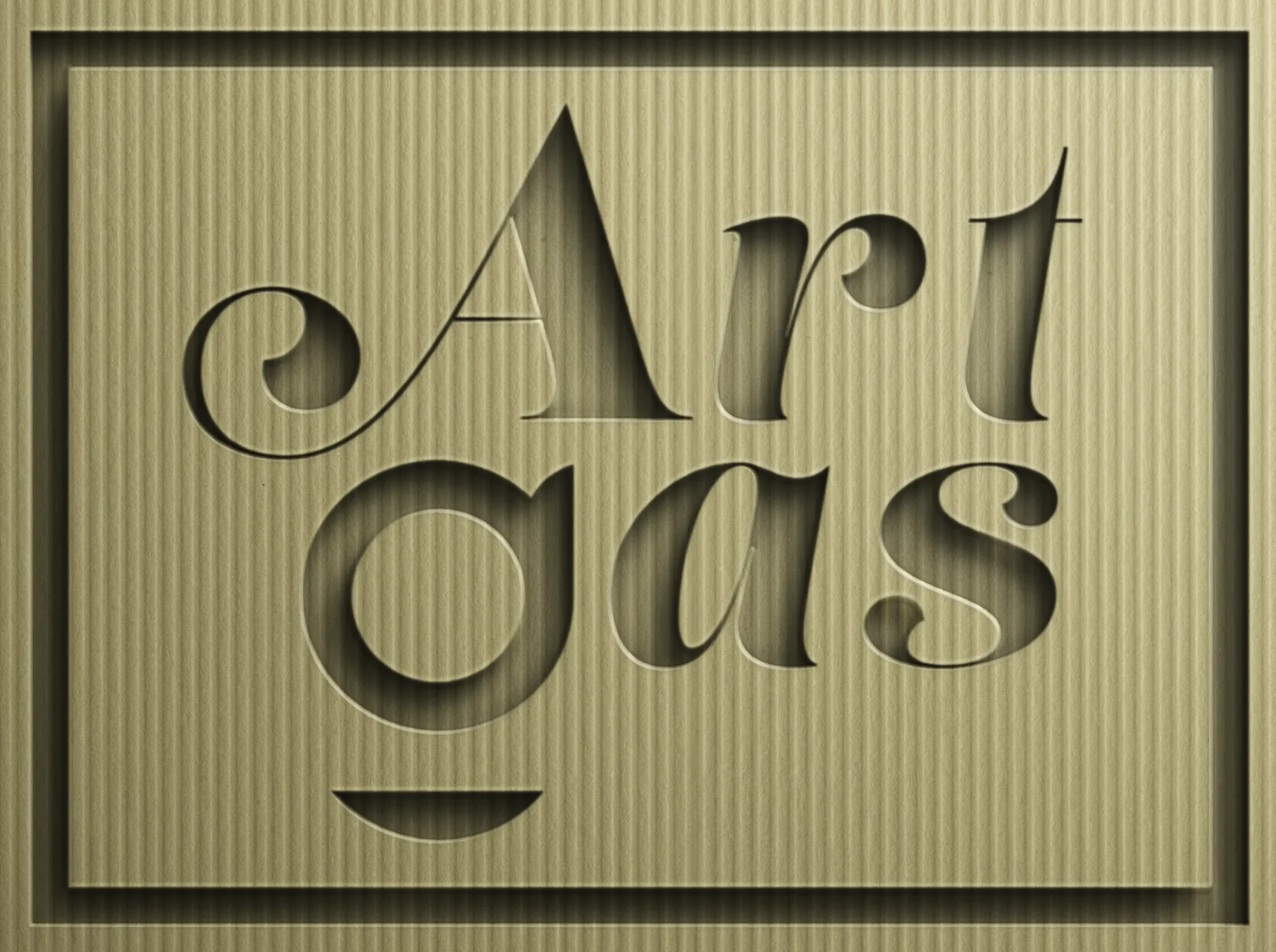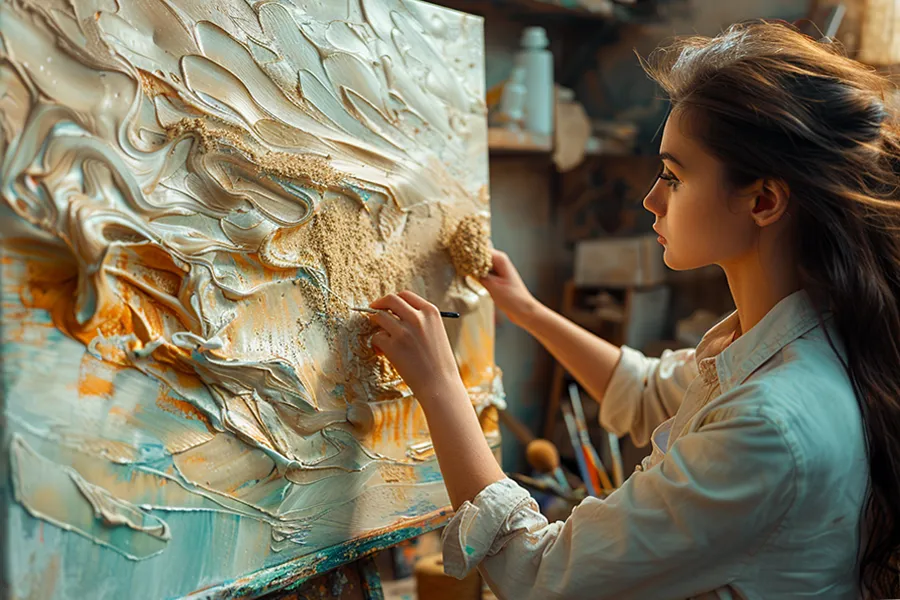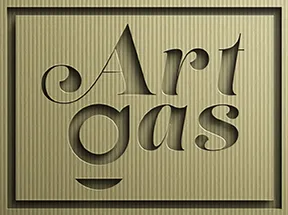10 DIY Textured Art Projects to Unleash Your Inner Artist
Introduction to DIY Textured Art
Textured art brings an unparalleled depth and dimension to creative projects, transforming simple pieces into tactile experiences. It’s not just about the visual appeal; it’s about adding character and emotion to your artwork, making it stand out with its unique flair. This guide aims to empower you, the reader, to explore the diverse realms of texture, providing you with the knowledge and inspiration to create your own masterpieces with our guide to 10 DIY Textured Art Projects
1. Textured Canvas with Palette Knives
Technique Overview:
Utilizing palette knives instead of traditional brushes opens up a world of texture. This technique involves applying acrylic paint in thick layers, creating swirls, peaks, and valleys on the canvas. Artists like Gerhard Richter and Leonid Afremov have popularized this method, showcasing how palette knives can produce vibrant landscapes and abstract pieces filled with movement and emotion.
Materials and Where to Find Them in Australia:
- Acrylic Paint: Available at art stores like Eckersley’s or online platforms such as Amazon Australia.
- Palette Knives: These can be found in art supply stores or specialized online retailers.
- Canvas: Available at most craft stores or online.
Creating Your Piece:
Begin by selecting your colors. Layer the paint on the canvas, using the palette knife to mix colors directly on the surface. Experiment with different pressures and angles to see the variety of textures you can create. Remember, the beauty of this technique lies in its spontaneity and the tactile quality of the paint layers.
2. Sand Art Masterpieces
Technique Overview:
Sand art involves incorporating sand into your artwork to create texture and depth. This method is excellent for creating beach scenes, abstract designs, or textured backgrounds. Incorporating natural elements can add a unique, earthy quality to your work.
Materials and Where to Find Them:
- Sand: Collected from beaches or purchased from hardware stores like Bunnings Warehouse.
- Glue: PVA or craft glue, available at any craft store.
- Canvas or Boards: Available at art supply stores.
Creating Your Piece:
Outline your design with glue, then sprinkle sand over it, shaking off the excess. You can dye sand with food coloring to add different colors. Incorporating small pebbles or shells can add another layer of texture and interest.
3. Dimensional Fabric Collage
Technique Overview:
Fabric collages bring a unique texture and depth to artwork, allowing for a playful exploration of patterns and materials. This technique can involve anything from smooth silks to rough burlap, offering endless possibilities for creativity.
Materials and Where to Find Them:
- Fabric Scraps: Upcycle from old clothing or purchase from fabric stores like Spotlight.
- Fabric Glue or Thread: Available at sewing or craft stores.
Creating Your Piece:
Start by cutting your fabric into various shapes and arranging them on your canvas to form a composition. Once satisfied, secure them with fabric glue or by stitching them in place. This method is excellent for creating landscapes, abstract designs, or even portraiture.
4. Coffee Grounds Canvas
Technique Overview:
Used coffee grounds can add a rich, granular texture to paintings, perfect for earthy tones and organic compositions. This technique is not only visually appealing but also sustainable, as it recycles waste into art.
Materials and Where to Find Them:
- Coffee Grounds: Save your own or ask a local café.
- Acrylic Paint or Glue: Available at art supply stores.
Creating Your Piece:
Mix coffee grounds with paint or glue and apply it to your canvas. This technique works well for creating textured backgrounds or adding detail to specific areas of a painting, like the ground in a landscape.
5. Textured Paper Creations
Technique Overview:
Paper offers a wide range of textures and can be manipulated in countless ways to create depth. From the smoothness of tissue paper to the rigidity of cardboard, each type brings its unique qualities to your artwork.
Materials and Where to Find Them:
- Various Papers: Craft stores or recycled materials.
- Glue: Any craft store.
Creating Your Piece:
Experiment with tearing, crumpling, and folding paper, then glue it onto your canvas or board. This technique is excellent for creating layered landscapes, abstract compositions, or even detailed floral designs.
6. Salt Dough Sculptures
Technique Overview:
Salt dough is a versatile, easy-to-make material that can be sculpted, carved, and painted. It’s perfect for creating three-dimensional art pieces, from small sculptures to textured elements on paintings.
Materials and Where to Find Them:
- Flour, Salt, Water: Your local supermarket.
- Paint: Art supply stores.
Creating Your Piece:
Mix 1 part salt, 2 parts flour, and enough water to form a dough. Sculpt your design, then bake at a low temperature until hard. Once cooled, paint your sculpture or leave it natural for a rustic look.
7. Plaster of Paris Magic
Technique Overview:
Plaster of Paris can be used to create high-relief textures on a variety of surfaces. It’s perfect for adding dimensional designs to your artwork, offering a smooth or rough finish depending on the application.
Materials and Where to Find Them:
- Plaster of Paris: Craft stores or hardware stores like Bunnings.
- Canvas or Boards: Art supply stores.
Creating Your Piece:
Mix the plaster according to the package instructions and apply it to your surface. Use tools, stamps, or stencils to create your desired textures before it sets. Once dry, it can be painted or left as is.
8. Textured Stamping Extravaganza
Technique Overview:
Stamping introduces texture and pattern in a fun and accessible way. Using everyday objects or custom-made stamps, you can create intricate designs and textures on various surfaces.
Materials and Where to Find Them:
- Paint: Art supply stores.
- Objects for Stamping: Look around your home or nature.
Creating Your Piece:
Dip your objects in paint and press them onto your surface. Experiment with layering colors and patterns to create depth and interest in your artwork.
9. Textured Yarn Art
Technique Overview:
Yarn art allows for the exploration of color, texture, and form. By weaving, knotting, or gluing yarn onto a surface, you can create intricate patterns and textures that stand out.
Materials and Where to Find Them:
- Yarn: Craft stores or specialty yarn shops.
- Canvas or Boards: Art supply stores.
Creating Your Piece:
Arrange your yarn in your desired design, then secure it in place. This technique can be as simple or complex as you like, from abstract designs to detailed landscapes or portraits.
10. Nature-Inspired Found Object Art
Technique Overview:
Incorporating found objects from nature into your art can create a unique, organic texture. This method is about celebrating the natural world through art, using items like leaves, twigs, and stones.
Materials and Where to Find Them:
- Found Objects: Nature walks or your backyard.
- Glue: Craft stores.
Creating Your Piece:
Arrange your found objects on your canvas or board and glue them in place. This technique is perfect for creating textured, nature-inspired pieces that bring the outdoors in.
Conclusion to 10 DIY Textured Art Projects and Bonus Tip
DIY textured art is about experimentation, exploration, and personal expression. Each project offers a unique opportunity to delve into different materials and techniques, creating artwork that is truly your own. Remember, there are no mistakes in art, only discoveries. Share your creations online to inspire others and connect with a community of like-minded artists.
Happy creating!


